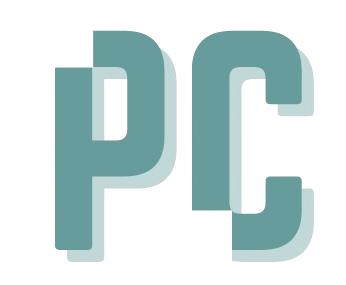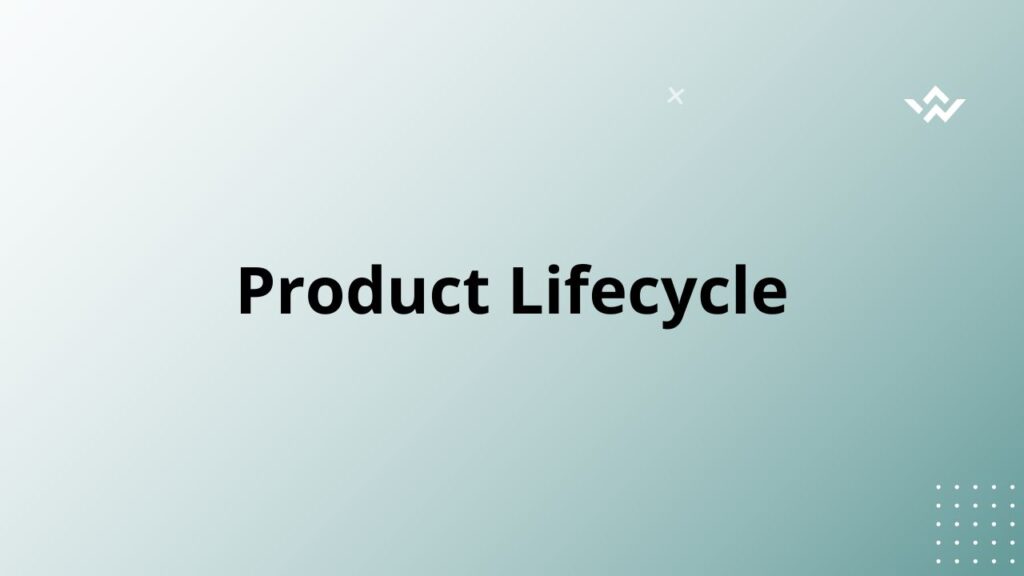Product Lifecycle Frameworks are structured approaches that help product managers (PMs) understand and manage a product through its various stages, from conception to retirement. These frameworks provide a high-level view of the product’s journey and help PMs make strategic decisions at each stage. Below is an expanded explanation of Product Lifecycle Frameworks, along with a list of the most commonly used ones.
What is a Product Lifecycle?
The product lifecycle represents the stages a product goes through from its initial idea to its eventual decline and discontinuation. The typical stages include:
-
Introduction: The product is launched into the market.
-
Growth: The product gains traction and sees increasing sales.
-
Maturity: The product reaches peak market penetration.
-
Decline: Sales begin to drop as the product becomes outdated or faces competition.
Product Lifecycle Frameworks help PMs navigate these stages effectively by providing guidelines for decision-making, resource allocation, and strategy.
Key Benefits of Product Lifecycle Frameworks
-
Strategic Planning: Helps PMs anticipate challenges and opportunities at each stage.
-
Resource Allocation: Guides investment in development, marketing, and support.
-
Risk Management: Identifies potential risks and provides strategies to mitigate them.
-
Customer Focus: Ensures the product evolves to meet changing customer needs.
-
Competitive Advantage: Helps maintain relevance in the market.
List of Product Lifecycle Frameworks
Here are some of the most widely used frameworks for managing the product lifecycle:
1. Traditional Product Lifecycle (PLC) Framework
-
Description: The classic model that divides the product lifecycle into four stages: Introduction, Growth, Maturity, and Decline.
-
Use Case: Helps PMs understand where their product stands in the market and plan accordingly.
-
Key Actions:
-
Introduction: Focus on marketing and awareness.
-
Growth: Scale operations and optimize the product.
-
Maturity: Differentiate from competitors and extend the product’s life.
-
Decline: Decide whether to retire, reinvent, or replace the product.
-
-
2. Technology Adoption Lifecycle (Diffusion of Innovation)
-
Description: Developed by Everett Rogers, this framework explains how different customer segments adopt a product over time.
-
Stages:
-
Innovators
-
Early Adopters
-
Early Majority
-
Late Majority
-
Laggards
-
-
Use Case: Helps PMs tailor marketing and product strategies to different customer segments.
-
Key Actions:
-
Focus on early adopters to gain momentum.
-
Address the needs of the early majority to achieve mass adoption.
-
-
3. BCG Matrix (Boston Consulting Group Matrix)
-
Description: A strategic framework that categorizes products into four quadrants based on market growth and market share:
-
Stars: High growth, high market share.
-
Cash Cows: Low growth, high market share.
-
Question Marks: High growth, low market share.
-
Dogs: Low growth, low market share.
-
-
Use Case: Helps PMs decide where to invest, divest, or innovate.
-
Key Actions:
-
Invest in Stars and Question Marks.
-
Harvest Cash Cows for revenue.
-
Divest or retire Dogs.
-
-
4. Innovation Adoption Curve
-
Description: Similar to the Technology Adoption Lifecycle but focuses on how innovations spread through a population.
-
Stages:
-
Innovators
-
Early Adopters
-
Early Majority
-
Late Majority
-
Laggards
-
-
Use Case: Useful for launching new or disruptive products.
-
Key Actions:
-
Target innovators and early adopters to build initial traction.
-
Address barriers to adoption for the early and late majority.
-
-
5. Kano Model
-
Description: A framework that classifies product features based on customer satisfaction:
-
Basic Needs: Features customers expect (e.g., battery life in a phone).
-
Performance Needs: Features that increase satisfaction as they improve (e.g., camera quality).
-
Delighters: Unexpected features that wow customers (e.g., facial recognition).
-
-
Use Case: Helps PMs prioritize features throughout the product lifecycle.
-
Key Actions:
-
Focus on Basic Needs during the Introduction stage.
-
Add Performance Needs and Delighters during Growth and Maturity.
-
-
6. Product Portfolio Management (PPM)
-
Description: A framework for managing multiple products across their lifecycles within an organization.
-
Use Case: Helps PMs balance resources and risks across a portfolio of products.
-
Key Actions:
-
Allocate resources to high-potential products.
-
Retire or divest underperforming products.
-
-
7. Lean Product Lifecycle
-
Description: A framework that applies Lean principles (minimizing waste, maximizing value) to the product lifecycle.
-
Stages:
-
Problem/Solution Fit
-
Product/Market Fit
-
Scaling
-
Maturity
-
Renewal or Retirement
-
-
Use Case: Ideal for startups and fast-moving teams.
-
Key Actions:
-
Validate assumptions early (Problem/Solution Fit).
-
Iterate quickly to achieve Product/Market Fit.
-
Scale efficiently during Growth and Maturity.
-
-
8. Stage-Gate Framework
-
Description: A structured process for moving a product through stages (e.g., ideation, development, testing) with decision points (gates) between them.
-
Use Case: Common in large organizations for managing complex product development.
-
Key Actions:
-
Evaluate progress at each gate before moving to the next stage.
-
Kill or pivot projects that don’t meet criteria.
-
-
9. AARRR Pirate Metrics Framework
-
Description: Focuses on key metrics for growth at each stage of the product lifecycle:
-
Acquisition: Attracting users.
-
Activation: Getting users to experience the product’s value.
-
Retention: Keeping users engaged.
-
Revenue: Monetizing the product.
-
Referral: Encouraging users to refer others.
-
-
Use Case: Helps PMs optimize growth and retention.
-
Key Actions:
-
Focus on Acquisition and Activation during Introduction.
-
Prioritize Retention and Revenue during Growth and Maturity.
-
-
10. Customer Lifecycle Framework
-
Description: Focuses on the customer’s journey with the product, from awareness to loyalty.
-
Stages:
-
Awareness
-
Consideration
-
Purchase
-
Retention
-
Advocacy
-
-
Use Case: Helps PMs align the product lifecycle with customer needs.
-
Key Actions:
-
Build awareness during Introduction.
-
Foster loyalty and advocacy during Maturity.
-
-
Conclusion
Product Lifecycle Frameworks provide a structured way to manage a product from inception to retirement. Each framework offers unique insights and tools for navigating the challenges and opportunities at different stages of the lifecycle. The choice of framework depends on the product, market, and organizational goals. Many PMs combine multiple frameworks to create a tailored approach that works best for their product.



